Alex & Marcin
Our recommendations
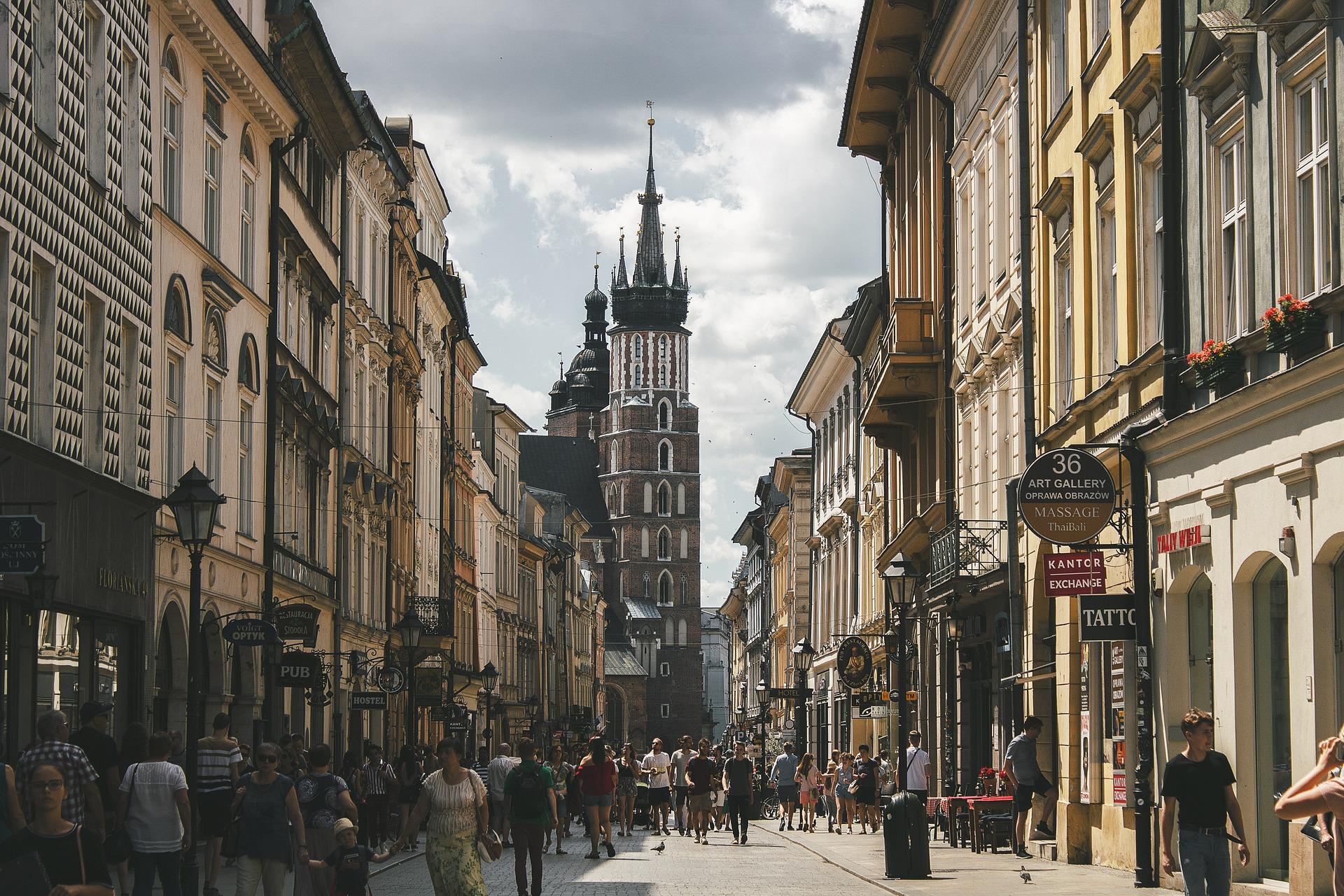
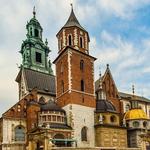
Wawel Castle and Cathedral
Towering over Wawel Hill, Wawel Royal Castle is one of the most beautiful castles around the world and is the iconic symbol of Poland. The glorious ensemble that is Wawel, perched on top of the hill of the same name immediately south of the Old Town, is by far the most important collection of buildings in Poland. A symbol of national pride, hope, self-rule and not least of all fierce patriotism, Wawel offers a uniquely Polish version of the British Buckingham Palace and Westminster Abbey rolled into one. A full tour of Wawel is hard but rewarding work, and can take several days. The complex is free to enter, and there is no ticket necessary to explore the castle grounds. Take note, however, that due to the site's popularity, it is necessary to reserve tickets for the tours or exhibits you are interested in 2 or more weeks in advance. If you're booking last minute, best bet is to call (+48) 12 422 16 97 for tickets.
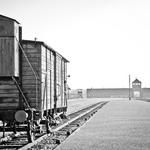
Auschwitz – Birkenau Museum, the Nazi German Concentration Camp based in Poland
Auschwitz-Birkenau, also simply called Auschwitz concentration camp, is the largest of the Nazi concentration and death camps. Located in southern Poland near Krakow, this museum attracts over 2 million visitors per year. A visit here is somber, emotional, and thought provoking, and it is one of the most popular day trips from Krakow. Auschwitz-Birkenau became the primary site of the Nazi’s “final solution to the Jewish problem.” The statistics are sobering. It is estimated that 1.3 million people were sent to Auschwitz and of these, 1.1 million died. Most people deported to Auschwitz were sent immediately to the gas chambers. Those who did not die in the gas chambers died of other causes, including starvation, infection, medical experimentation, and forced labor. Go to the website to book your visit in advance - and be sure you have some down time to decompress afterward.
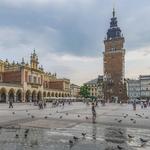
Main Market Square
The Main Square, also known as Main Market Square, is the biggest Medieval plaza in Europe. Its 40,000 square meters are truly astonishing. Designed in 1257, it's considered Kraków’s city center and has an important historical, cultural and social significance. It is worth exploring both during the day and at nighttime, where you’ll enjoy it's lively atmosphere and it's charming open-air bars and restaurants. At nighttime, the buildings flanking the square and the Cloth Hall are beautifully lit up. It is considered by many as one of the most romantic corners of Kraków. If you visit the square just before the hour changes, you’ll enjoy St. Mary’s Church hourly bugle call or “Hejnal Mariacki” in Polish. We will definitely make a stop here on our Friday walking tour, if you plan to join that!
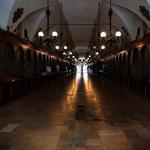
Main Market Square Underground Museum
Situated four meters below the Main Square, Rynek Underground (Podziemia Rynku) is a unique museum that takes visitors through the excavated Middle Ages vendors’ stalls. It includes multimedia exhibits, videos, and Medieval artefacts that will introduce visitors to the Medieval times in Kraków.
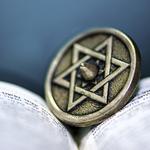
Oskar Schindler’s factory
Oskar Schindler (1908-1974) was a German enterpreneur and a member of the Nazi party, NSDAP. He is credited with saving approximately 1200 Jews by employing them in his factories (so that they could avoid horrible living conditions and eventually death in the Nazi labor camps). His story became well-known to the public thanks to the popular Steven Spielberg's movie, Schindler's list (1993), where Schindler was portrayed by Liam Neeson. Ever since then, his former factory has been crowded by tourists from all over the world. The museum located in the factory tells the gripping history of Krakow during the World War II – the inhabitants who were fed Nazi propaganda, the Jews who were forced to live in a ghetto and the victims of the war terror.
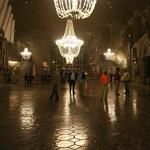
Wieliczka Salt Mine
The Wieliczka Salt Mine was one of the first among 12 sites from all around the world to be designated a UNESCO World Heritage Site. It is one of the most frequently visited tourist sites in the world! Full of unique beauty and active continuously since the Middle Ages – the historic Wieliczka Salt Mine is visited by tourists every day, showing the most amazing works of art sculpted throughout the many centuries of laborious miners’ work. The underground Wieliczka Salt Mine boasts kilometres of walkways and ramps, magnificent chambers, lakes and breathtaking salt statues. First-time visitors take a standard 'tourist' route of the main sights, while return visitors can opt for a more-immersive 'miners' route. Be aware that there are lots of steps, and low ceilings, as part of this tour.
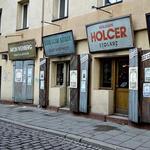
Jewish district – Kazimierz
No visit to Krakow would be complete without a tour of Kazimierz. Numerous cosy art cafes, galleries and antique shops, paved street and monuments of Jewish culture draw tourists with a magnetic force. The district has become a major tourist draw and pilgrimage site for Jews, which has led to the return of contemporary Jewish culture in the area. Each summer since 1988 the massively popular Jewish Culture Festival (Friday Jun 26 - Sunday Jul 5) has filled Kazimierz’s streets and cafes with music, while educating Kraków’s residents and guests about the city’s pre-war Jewish history and celebrating modern Jewish culture. We will definitely make a stop here on our Friday walking tour, but if you'd like more time to explore do make your way over! Walking distance from the Main Market Square.
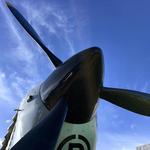
The Museum of Aviation
It is one of the largest aircraft museums in the world. It's located on a historic airfield that was the second largest Polish Air Force Field before the Second World War. Over a hundred aircrafts can be savoured, with everything from pre-war Polish fighter-planes to German Albatrosses, Spitfires and Soviet Kakaruzniks. Some of the exhibits are unique examples of their kind, so aviation fans are in for a treat!
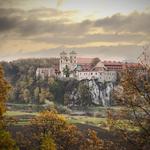
Tyniec Abbey
Tyniec Abbey has stood for nearly 1000 years above the Vistula River near Krakow. It reflects the artistic changes of successive eras. Remains of its Romanesque buildings have been preserved (a part of the church and monastery). There is also a gothic cloister, gothic-baroque church, and baroque monastery buildings. We recommend you rent bikes and cycle there!
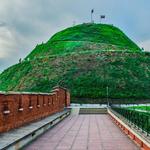
Mounds
The Four Mounds of Krakow are a bit off the beaten track, but well-worth the visit for their stunning views and unusual features. There’s a fascinating story behind each one, as Cracovians were partial to raising man-made hills to honour important people from Polish legends and history.
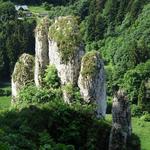
Ojców National Park
Ojców National Park (Ojcowski Park Narodowy) may be the smallest park in Poland, but it packs two castles, several caves, countless rock formations and oodles of bucolic hikes into its 21.5 sq km. The flora in the park is beech, fir, oak and hornbeam forest, and the fauna a diverse mix of small mammals, including badgers, ermines and beavers. This postcard-worthy park is one of the most beautiful areas of the Kraków−Częstochowa Upland.